Optimal Timing for Waterproofing Applications
Waterproofing is a crucial process to prevent water intrusion and protect structures from damage. The timing of waterproofing applications can significantly impact their effectiveness and longevity. Properly scheduled waterproofing ensures that the materials cure correctly and are exposed to optimal conditions for adhesion and durability.
Spring offers moderate temperatures and rising humidity levels, making it suitable for waterproofing projects before heavy rainfall.
Summer provides warm, dry weather ideal for waterproofing, especially in regions with high summer temperatures.
Fall's cooler temperatures and lower humidity can be advantageous for waterproofing, avoiding the extremes of summer heat and winter cold.
Winter is generally not recommended due to low temperatures and potential freezing conditions that hinder proper curing.

Ways to make Waterproofings work in tight or awkward layouts.

Popular materials for Waterproofings and why they hold up over time.
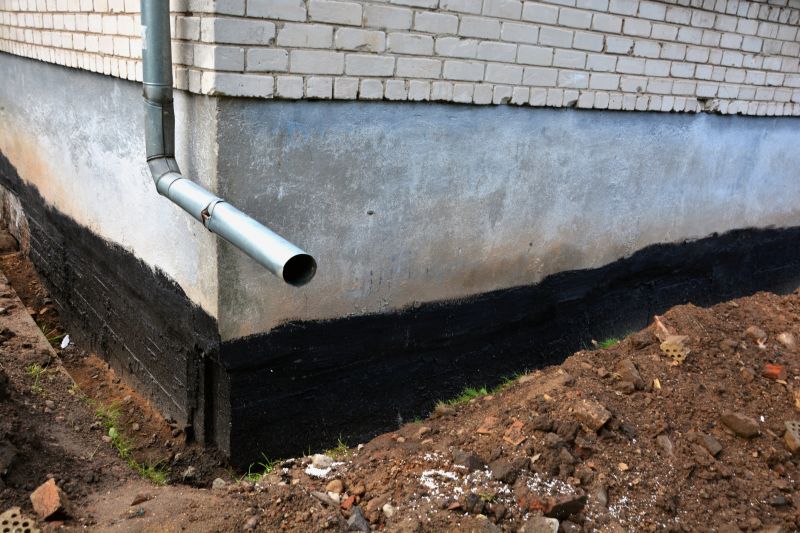
Simple add-ons that improve Waterproofings without blowing the budget.
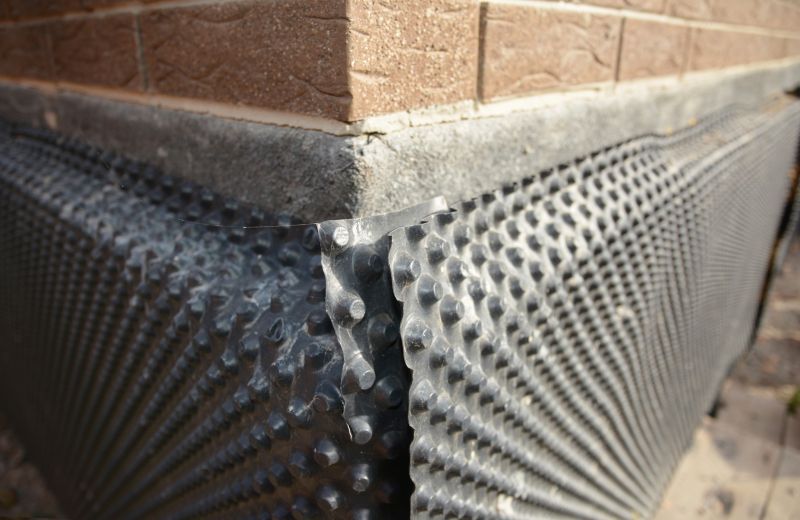
High-end options that actually feel worth it for Waterproofings.
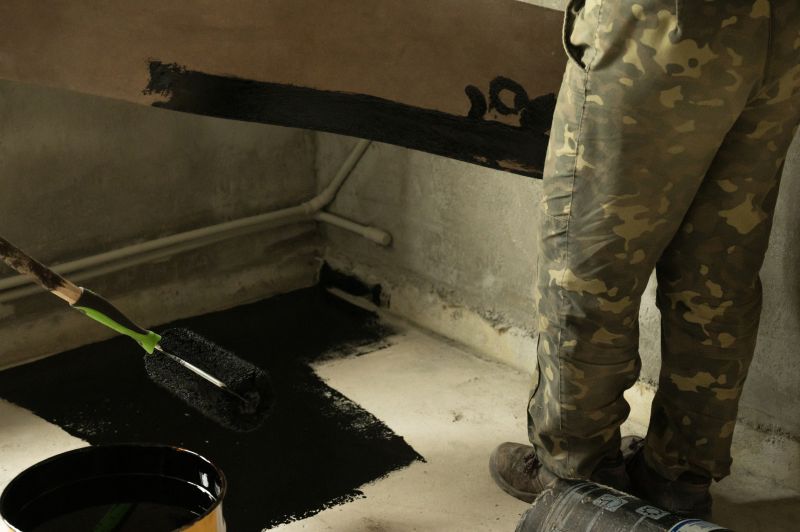
Finishes and colors that play nicely with Waterproofings.
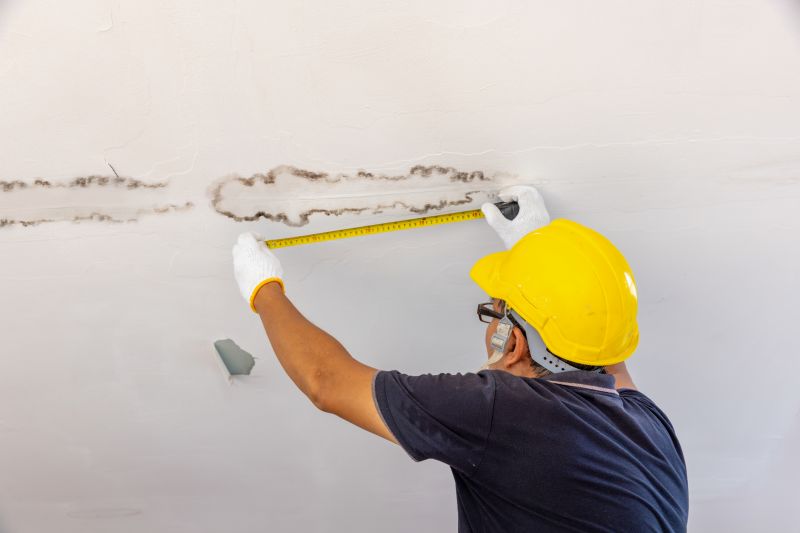
Little measurements that prevent headaches on Waterproofings day.
Waterproofings involve applying specialized materials to protect structures from water penetration. These systems include membranes, coatings, sealants, and barriers designed to withstand exposure to moisture, rain, and humidity. Proper waterproofing enhances structural integrity, prevents mold growth, and extends the lifespan of buildings. Statistics indicate that effective waterproofing can reduce water-related damages by up to 80 percent, saving costs on repairs and maintenance over time.
Choosing the right timing for waterproofing depends on climate conditions, project scope, and material specifications. Applying waterproofing during favorable weather conditions ensures optimal curing and adhesion. In regions with distinct seasons, late spring through early fall is generally ideal, avoiding the risks associated with freezing temperatures or excessive rainfall.
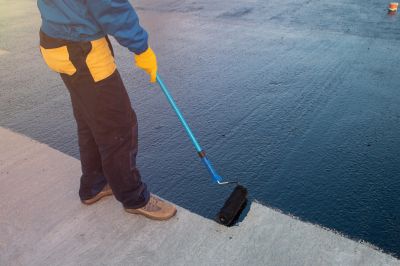
A 60-second routine that keeps Waterproofings looking new.
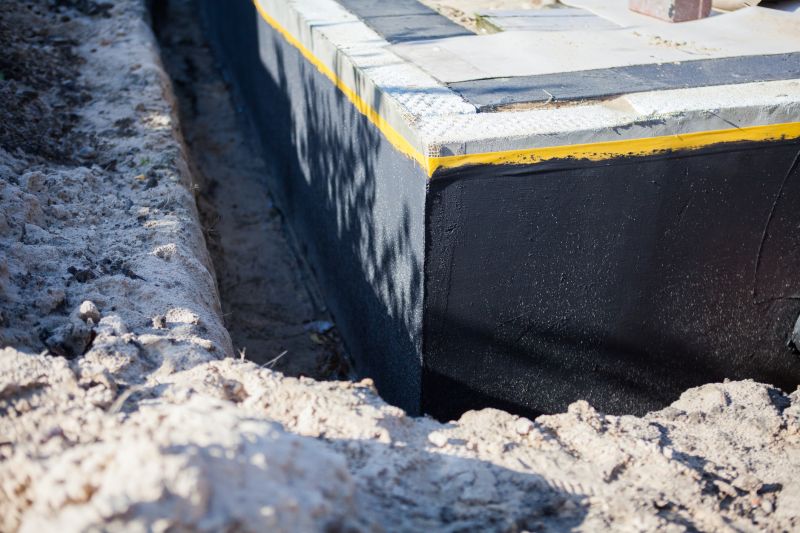
A frequent mistake in Waterproofings and how to dodge it.
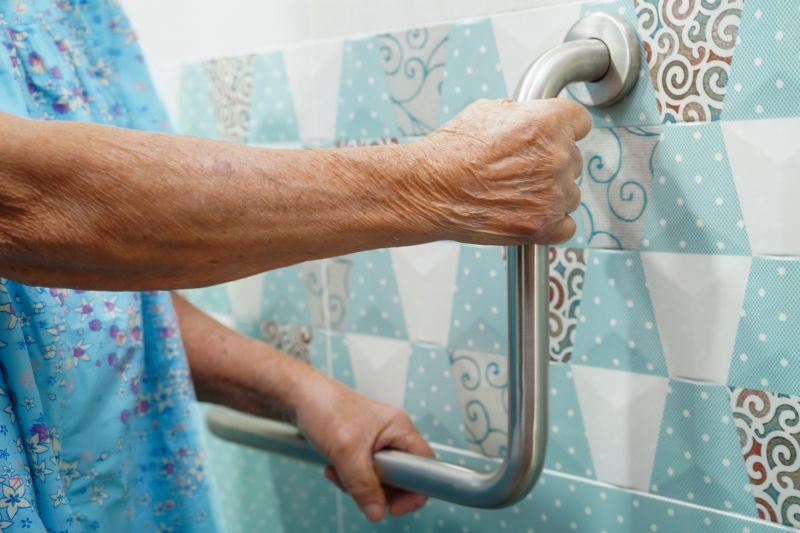
Small tweaks to make Waterproofings safer and easier to use.

Lower-waste or water-saving choices for Waterproofings.
| Season | Recommended Conditions |
|---|---|
| Spring | Moderate temperatures, increasing humidity, minimal rain |
| Summer | Warm, dry weather, high temperatures |
| Fall | Cooler temperatures, lower humidity, minimal rain |
| Winter | Cold temperatures, potential freezing, not recommended |
Proper timing ensures waterproofing materials cure correctly and perform as intended. Applying during optimal weather conditions minimizes risks of failure, such as peeling or cracking. Consulting with waterproofing professionals can help determine the most suitable timing based on specific project requirements and local climate patterns.
Interested in waterproofing services? Filling out the contact form provides a convenient way to request more information or schedule an assessment for waterproofing needs in Wexford, PA.
